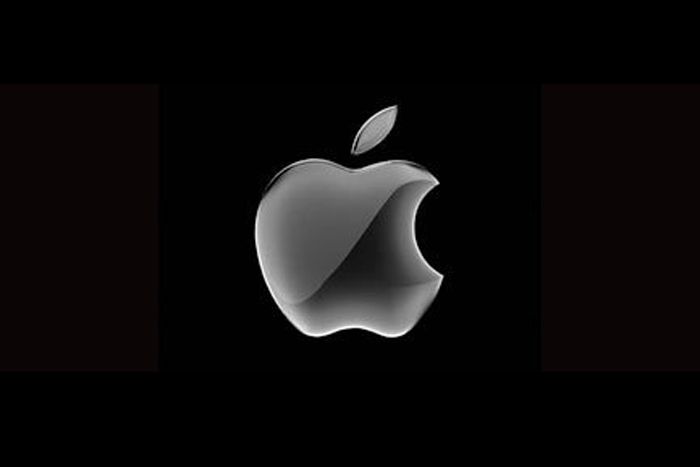
Right now, Apple's TV device isn't a TV at all. It's a set-top box that connects to a normal TV to bring extra media from the Web and elsewhere. However, the next big step in Apple consumer technology is to release a full-sized TV with Wi-Fi and storage built-in, according to analysts.
Gene Munster, a senior research analyst with Piper Jaffray, told TechNewsDaily that we can expect to see a full-size, Apple-branded TV set from the maker of the iPad in approximately two years. [Read: Tablets: The Big List of What's Here and What's Coming]
"Apple will produce a TV that includes everything, Wi-Fi, memory storage, TiVo, Airport Extreme, Blu-ray, all built-in. Basically, you plug in your TV and everything is there," Munster told TechNewsDaily in an interview.
"By the time this comes out, maybe Blu-ray will be irrelevant," he added, but the concept would remain the same: a single TV that combined the functionality of multiple devices.
Piper Jaffray analysts have come to the conclusion that Apple's next big step is TVs after hearing hints of it from industry sources.
"When we start hearing things about Apple projects, it's usually about three years away. We've been hearing about this for about a year now, so we think an Apple-branded TV is only two years away," Munster said.
Munster cited Jobs recent comment at the D8 conference as a big tip-off that Apple is interested in taking over the TV space. Jobs responded to a question from the audience about when Apple would change TVs in the same way they changed mobile.
Sign up for the Live Science daily newsletter now
Get the world’s most fascinating discoveries delivered straight to your inbox.
Here's his response: "No one wants to buy a box. Ask TiVo, ask Roku, ask us ... ask Google in a few months … You just end up with a table full of remotes, a cluster of boxes ... and that's what we have today. The only way that's going to change is if you tear up the set top box, give it a new UI, and get it in front of consumers in a way they're going to want it. The TV is going to lose in our eyes until there is a better go-to-market strategy ... otherwise you're just making another TiVo."
While some interpret this to mean Apple doesn't want anything to do with TVs, Munster and others think this is a hint that Apple wants to seriously overhaul TVs and jump into what they see as an opportunity in the market.
"Jobs comment tipped us off that what we're hearing is accurate. Apple wants to dominate the living room, too," Munster said. The problem Jobs mentioned is a well-known one. The current Apple TV device, the set-top box, is one of the company's poorest selling devices, and Apple has largely ignored it for years.
"The reason Apple TV doesn't work is because people don't like messing around with it," Munster said, echoing Jobs' sentiments.
But if Apple can offer a large HDTV that has all the functionality of various set-top boxes built-in and put the controls into a simple interface, consumers will have a one-stop solution for all kinds of media. The other advantage of a true Apple TV is that it would be able to use Apple apps, which are the main thing that make iPhones and iPads so useful.
"The apps and gaming would be a major part of it. Gaming apps especially would be a major feature for TVs" Munster said. Munster and other Piper Jaffray analysts conclude that people end up spending around $2,000 on an entertainment setup once they've purchased the peripherals: a DVR, a cable box, gaming console, Wi-Fi antennas and on and on. Apple could sell TVs with all the functionality built in at a similar, or even a lower, price point.
There have been strong rumors recently about an upgrade to the Apple TV line, basically another set-top box but smaller, about the size of an iPhone, and with more functionality. Munster said it's possible such a device may be announced next week, when Apple is expected to unveil the next iPhone at a company convention, but that device might only be a precursor to an Apple TV that doesn't need any cables or boxes at all.












